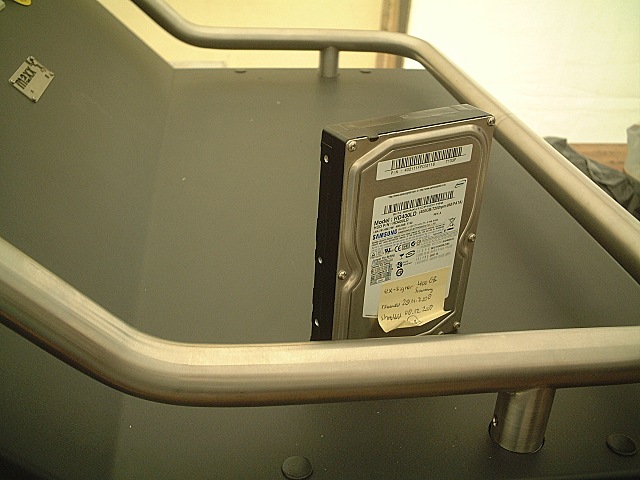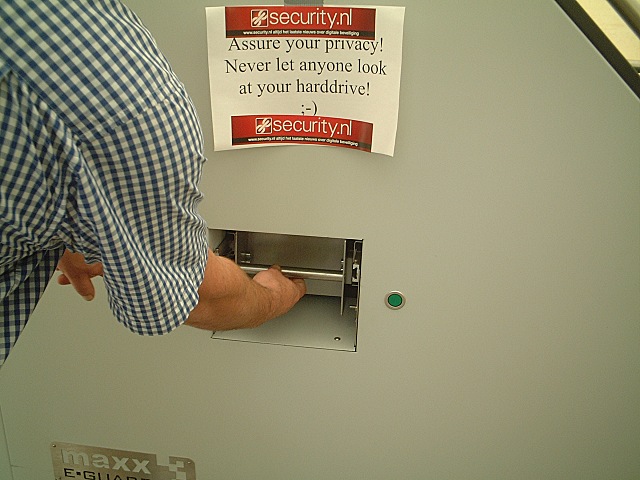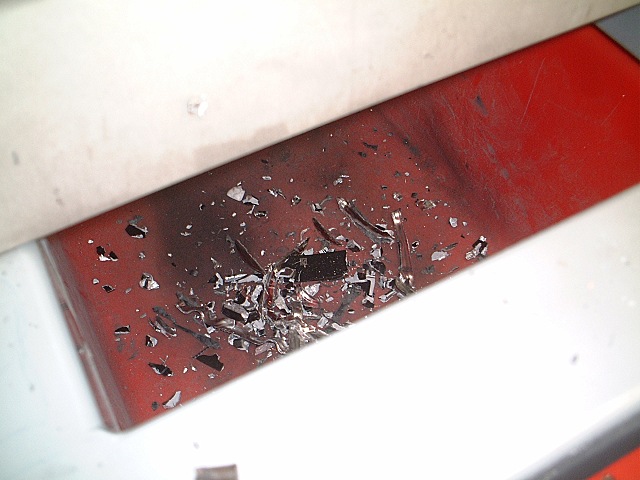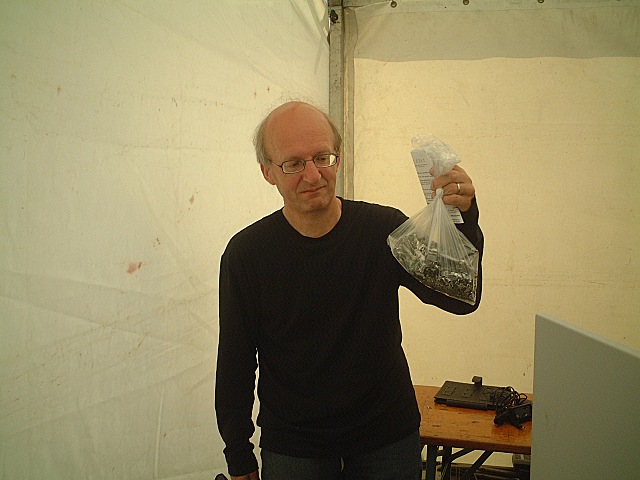A little story is circulating around about a thing called Vanish. Basically this is a proposal to make keys disappear after some period of time, thereby making your messages safe from decryption by bad guys. Here’s what the Economist says:
“The researchers developed a piece of software called “Vanish”, which encrypts information before it is sent, breaks the encryption key into pieces and then sends the bits out to randomly selected “nodes” created by computers that are logged on to the P2P network. Once sitting on a node, the pieces of the key wait for another copy of the Vanish software to access them in order to read the encrypted message. However, the pieces of key do not remain on the P2P in perpetuity. When a computer is disconnected from the network, the node it formed ceases to exist and any encryption-key data stored there are lost.”
This sounds good, and it looks in the direction of a real problem: how to stop innocent gossip turning into damaging claims in the far distance future. But the problem space is wrongly understood, and hence the solution is only cute: Distracting at best and dangerous at worst.
It is a real problem that others can read your emails. But the essence of “who” the “others” are may be more important than the way of protecting the email. It turns out that in the history of communication, indeed of all of society, the damage done by unknown and remote others is miniscule and rare, vanishingly small as it where, whereas the damage done by those you are in close contact with outweighs anything the bogeyman ever did to you. Real harm is a story of enemies-once-friends, partners turned civil suitors, spouses now friendly with expensive divorce lawyers. Statistically, the rest is just smoke.
Usefully, Vanish takes aims at this important group of future threats by trying to make the encryption key unavailable to everyone after a certain period of time, both for ourselves, and our friend-turned-enemy. But there is a lurking problem here, as once the message is seen on your counterparty’s screen, it can also be trivially copied and archived.
Hence, approaches like Vanish become more like a warning to honest people to be honest, please, and less a defence against people who aren’t so honourable. In other words, a cute trick. It does nothing to stop their good intentions from shifting to bad, and thus works more for your future aggressor than it does for you.
Indeed, people being people, Vanish sets you up for the fall. In the trade, we call this a false sense of security; while you believe your messages are “vanishing” your counterparty is screen-scraping them into a secret archive, to be revealed at a moment of considerable discomfort to you.
This is not the first time such a marketing claim has been made. SSL is frequently claimed to protect transactions, even though they are woefully unprotected in the most dangerous of places: the server and client nodes. Closer to Vanish’s design space, a protocol called OTR tried a similar trick, and fell to the same trap of false security. OTR, for “off the record,” purports to make it hard to prove that you sent a message. Hence, by some mathematical logic, you are safe to say outrageous things, because nobody can prove you said it. But this is just techie fantasy. Cryptographic proof of sending a message is a trivial barrier overcome with great ease in real life, and generally with much cost to you. Try lying to your parents, but don’t try it before the judge. Still, one has to admire the supreme faith that technical protocols and especially cryptographic blah blah can solve our human shortfalls in societal behaviour!
CAcert has another answer, although again it is only a partial answer and not a comprehensive solution. You and I can agree that our messages are private and are to virtually vanish within X hours. As a contract, and under our civil jurisdiction of CAcert’s Arbitration, we can make CAcert Assurer Reliable Statements to each other, and be held to them. If we agree that our discussion is “gossip” and we will delete them in 12 hours, and act as if deleted in all ways, then that’s something we can rely on. Even if I were to breach my CAcert Assurer Reliable Statement, you can ask the Arbitrator to remind me of my duties.
Of course, that won’t work under a criminal investigation; whatever we think about “honour amongst thieves,” that limitation is there. Also, an Arbitrator or Judge cannot stop these embarrassing emails being leaked, once already done. But at least this concept reaches into the future, and rests on human behaviour not cryptographic blah blah.







